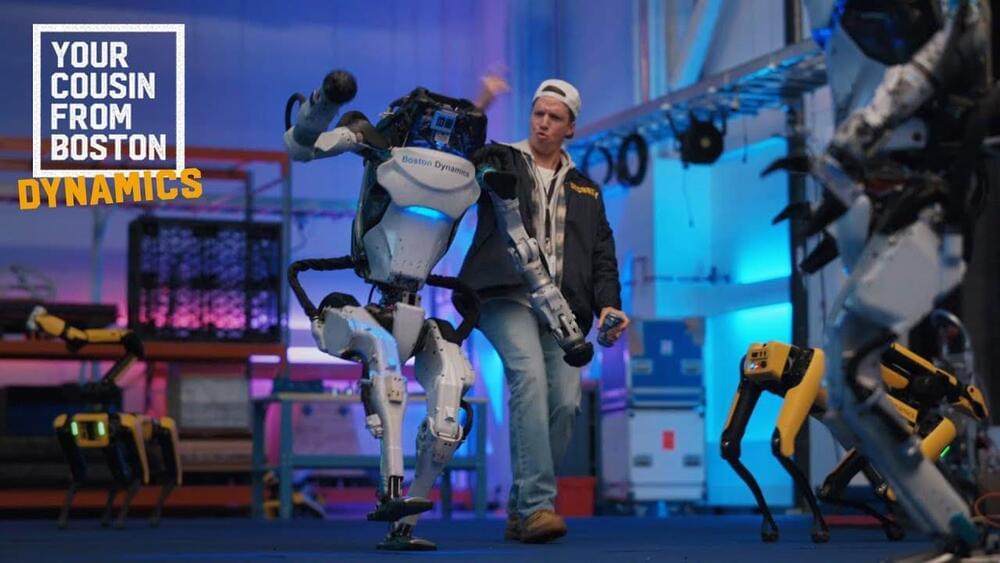Mar 2, 2022
Critical Bugs Reported in Popular Open Source PJSIP SIP and Media Stack
Posted by Saúl Morales Rodriguéz in category: security
As many as five security vulnerabilities have been disclosed in the PJSIP open-source multimedia communication library that could be abused by an attacker to trigger arbitrary code execution and denial-of-service (DoS) in applications that use the protocol stack.


















